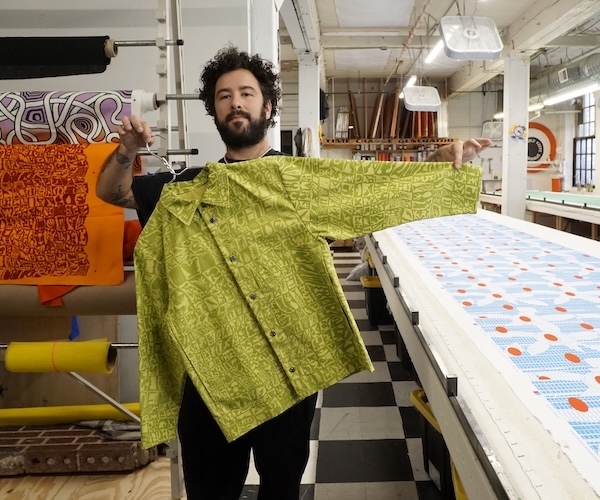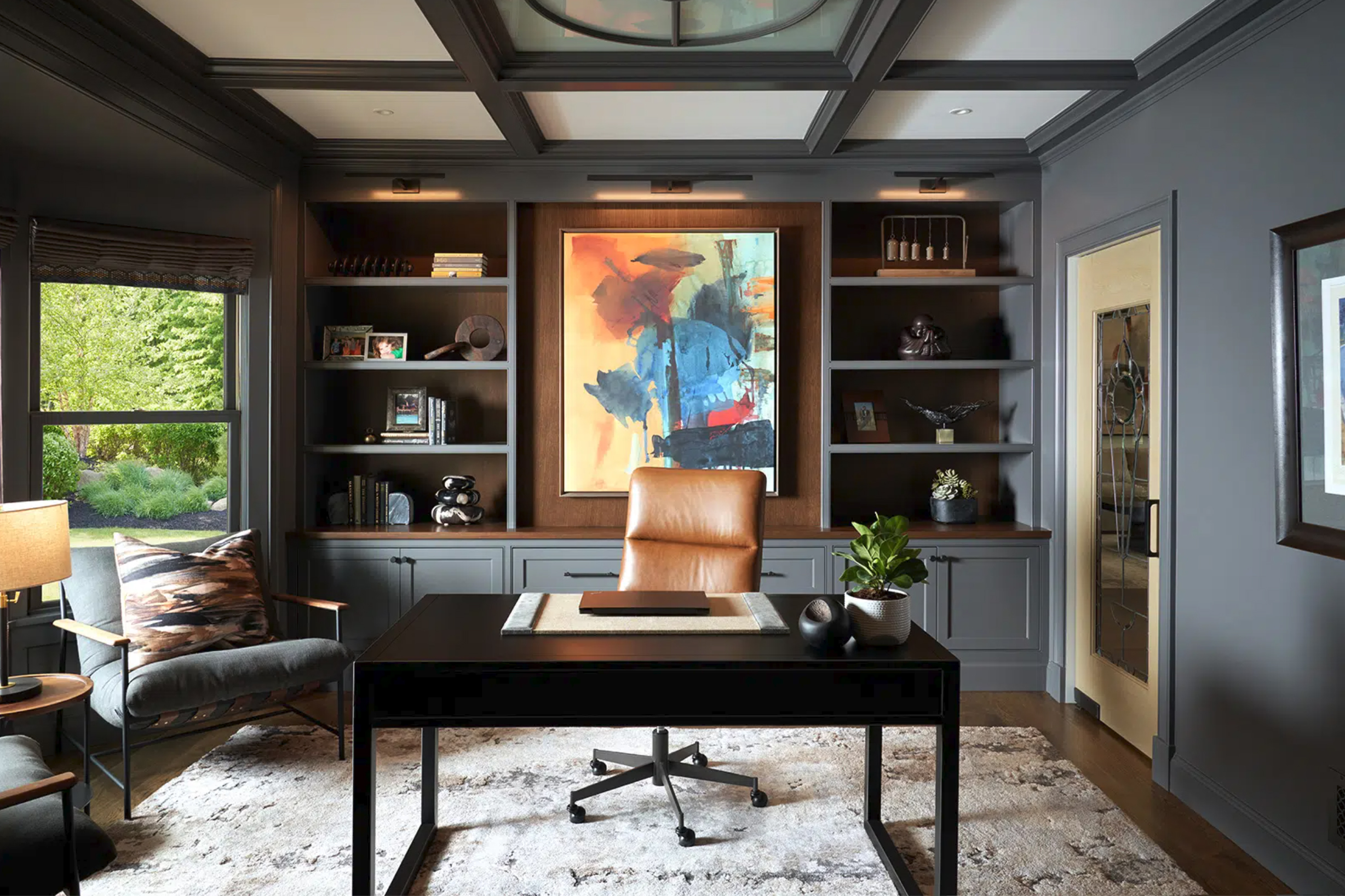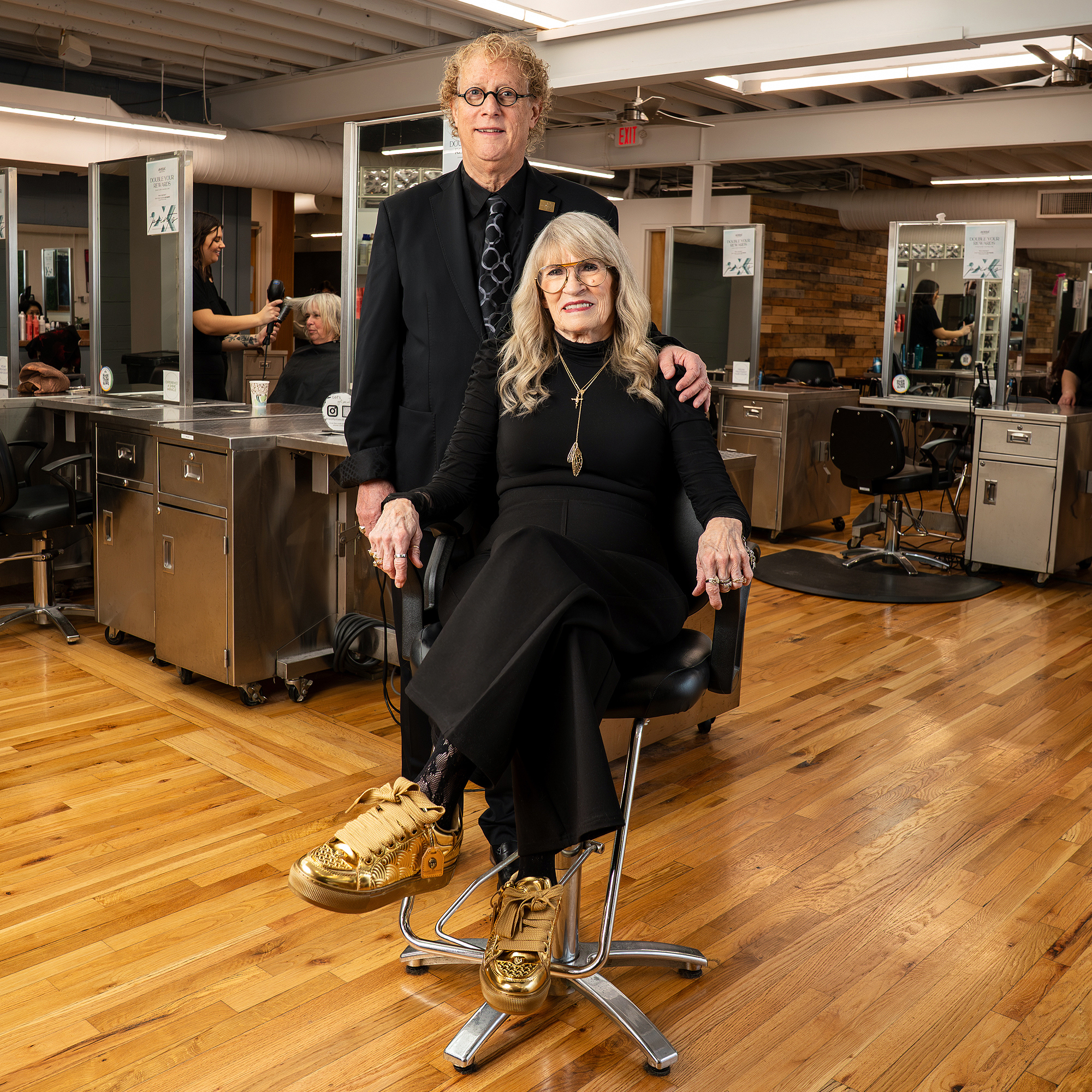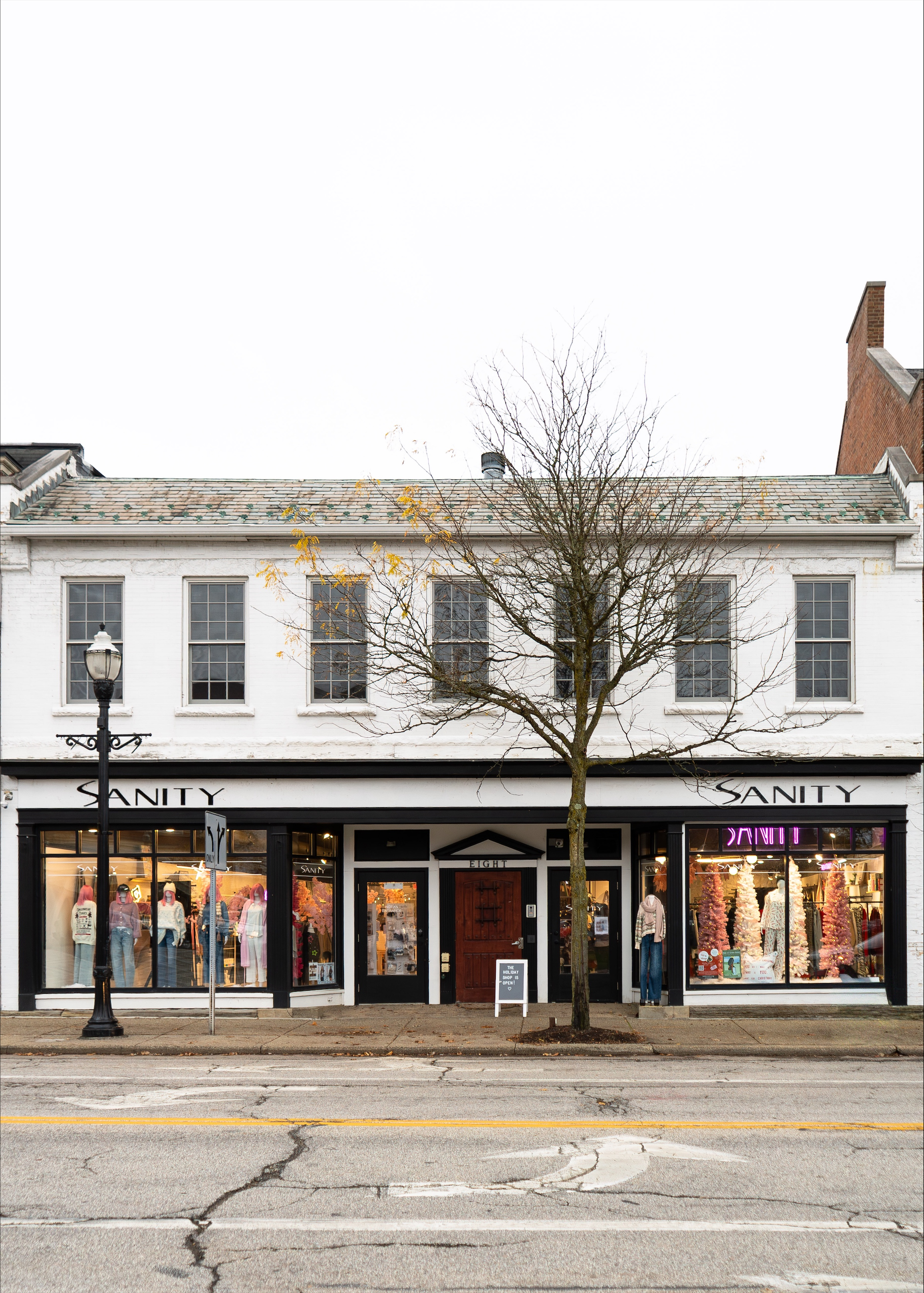Crux of the Mather
Restaurateur Rick Doody transformed the Hunting Valley estate of Amasa Stone Mather into an inviting home that balances Old World architecture and modern style.
by Lynne Thompson | Sep. 18, 2017 | 1:00 PM
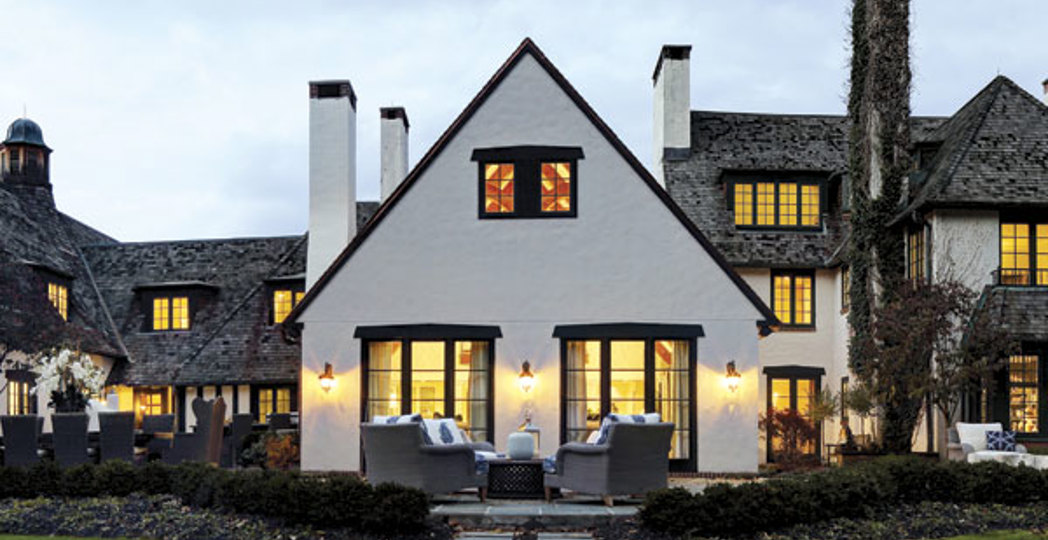
Tricia Shay
Trending
-
1
-
2
-
3
-
4
-
5





